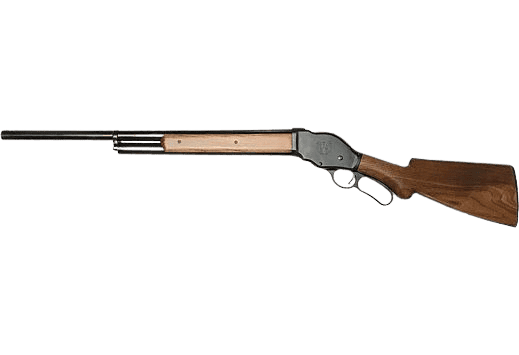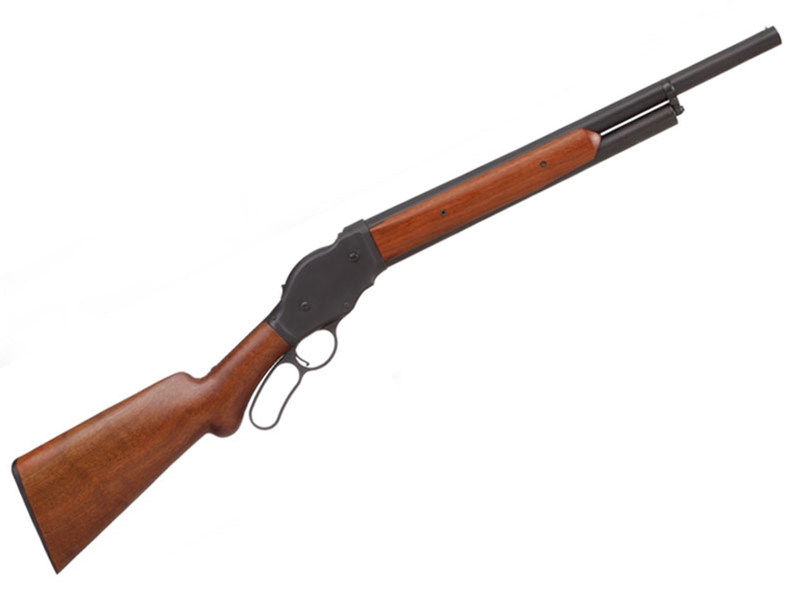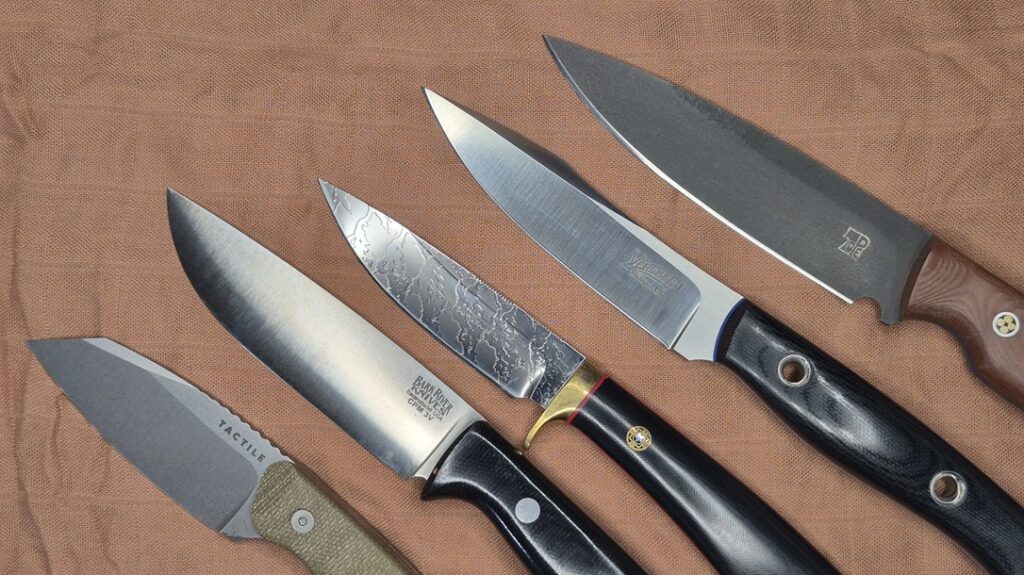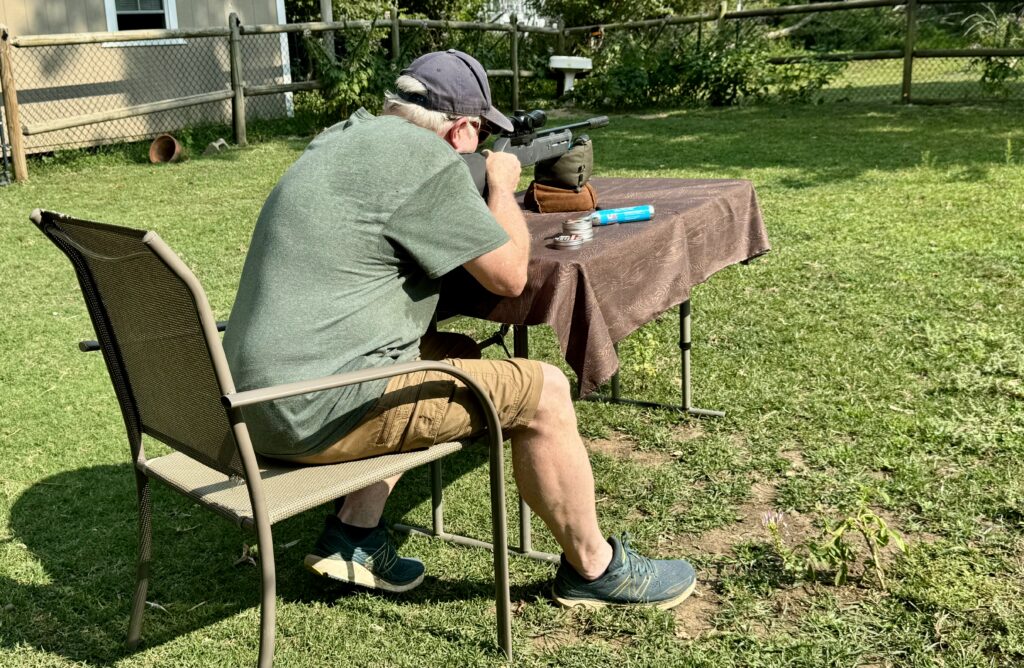The first successful repeating shotgun came from the mind of John Browning. It wasn’t the first, and the Spencer-Roper slide-action shotguns preceded it. However, the Winchester 1887 lever action shotgun was actually successful and widely purchased.
Winchester asked Browning to design a lever action shotgun. Browning wanted to produce slide action, or what we’d call a pump action gun. However, Winchester wanted to keep their lever action branding in place.
Browning did as requested, and the five-shot, lever action, 12 gauge shotgun hit the market. The gun was successful. Six years later, Browning got his wish and designed the 1893 shotgun, which became the 1897 and would evolve with the help of T.C. Johnson, which became the Model 12.
Advertisement — Continue Reading Below
The 1887 kicked around, and Winchester released a smokeless powder ten gauge variant in 1901, but the slide action remained the action of choice.

Remington, Savage, Marlin, and more produced pump action shotguns, and lever action shotguns fell to the wayside. Why? That’s what we intend to answer today.
Advertisement — Continue Reading Below
Exploring Lever Action shotguns
My experience with the lever-action scattergun is admittedly limited. I have a Cimarron Terminator, a replica of the Winchester 1887. I’ve also shot the Henry Axe a fair bit, a .410 lever-action firearm. I enjoy both guns. They are fun to shoot, and working a lever action is always fun.
However, in the year 2025, I’m still going to grab a pump-action over a lever-action for defensive use, hunting, and competition. Why? Well, lever-action shotguns (and firearms) are a bit obnoxious. You could make a good one if you tried, but why would you?

Advertisement — Continue Reading Below
They tend to be big and somewhat clumsy. Shotguns are close-range weapons, and at close range, you want speed. Lever action shotguns are slow. Working the lever action removes your hand from its firing grip, and the amount of movement needed can even interrupt your sight picture.
Firing two rounds with a pump action is much faster than firing two with a lever action. I’ve compared the Cimarron with a Norinco 1897 against a timer, and the pump action was consistently faster. It is not only faster to shoot but faster to load as well.
The point being that right off the jump, the pump action shotgun is more ergonomic and easier to use. That’s a good enough reason for most shooters to choose the pump action, but that’s not the only reason why pumps beat lever-action shotguns. Economically, we had some interesting factors.
Advertisement — Continue Reading Below
Why They Didn’t Take Off
If you open up a lever action, it’s basically a revolver of the long gun world. While working the action is easy and seems simple, there is some fairly complicated mechanical work involved in making the weapon work. Pump actions are simple, easy to produce, and cheap. That’s why an American-made Mossberg costs way less than a craptastic made in Turkey lever action shotgun.

A gun that’s more complicated to produce is more expensive to produce. Not only is it more expensive to produce, but it’s also more expensive to fix and more likely to break. We also have to step back in time to realize the economics around shotguns of the era.
Advertisement — Continue Reading Below
Patents and Cash
Winchester was a patent company that made rifles on the side. I joke, but their patent office was tough to beat. They patented everything they could when it came to their guns. This meant that guns like the Winchester 1887 were well guarded by patents and lawyers. You’d need to be radically different to produce a lever action shotgun to compete with the 1887.
In contrast, right after the M1893/M1897 came out, we saw a huge rush of companies producing pump-action shotguns. The reason is that Winchester didn’t hold that patent. A man named Francis Bannerman owned the rights to the first pump-action shotgun, the Spencer-Roper design.

Advertisement — Continue Reading Below
Bannerman sued Winchester, and Winchester began looking at patents and designs from around the world. They discovered four patents for pump action firearms. One was a bullpup pump action rifle known as the Curtis rifle, and Winchester recreated the rifle to prove a point. Winchester won.
This allowed the arms industry as a whole to develop pump-action shotguns without worrying about being sued by Bannerman or Winchester. You couldn’t copy the M1897, but you could produce a pump action repeating shotgun.
Better and Cheaper
This was one of the few times that producing the better gun was cheaper than producing the expensive gun. Pump guns were better, easier to produce, and not protected by Winchester’s patents. We could have seen some development if the patent machine hadn’t existed, but the pump action design just makes sense and I don’t think lever-action shotguns would ever be something more than an interesting novelty.
Advertisement — Continue Reading Below















